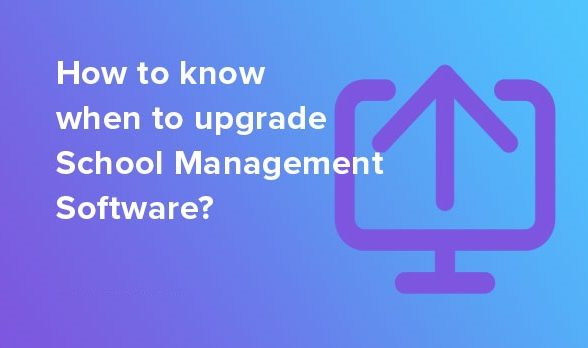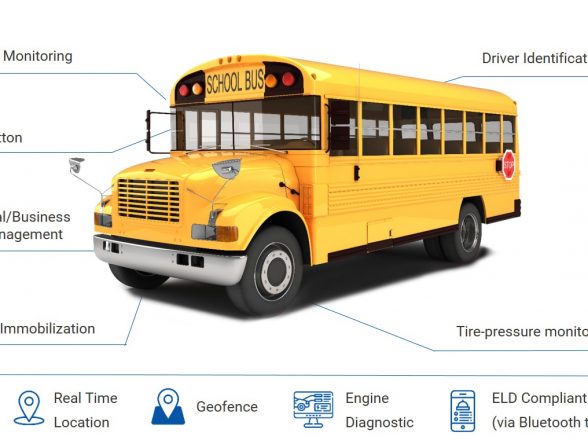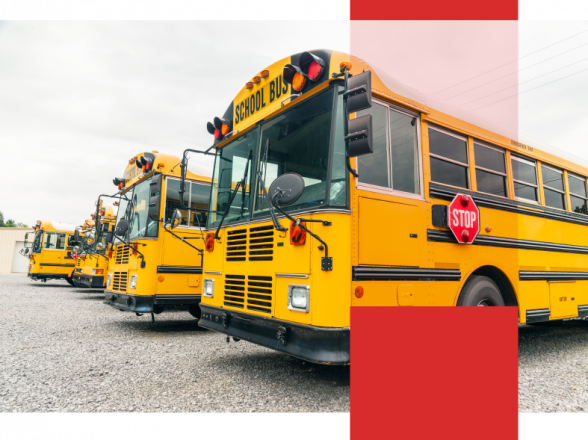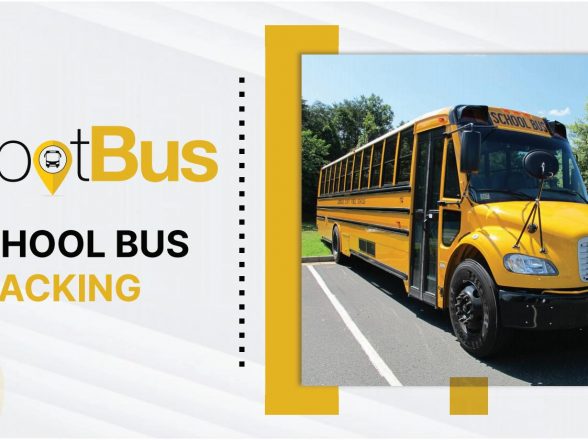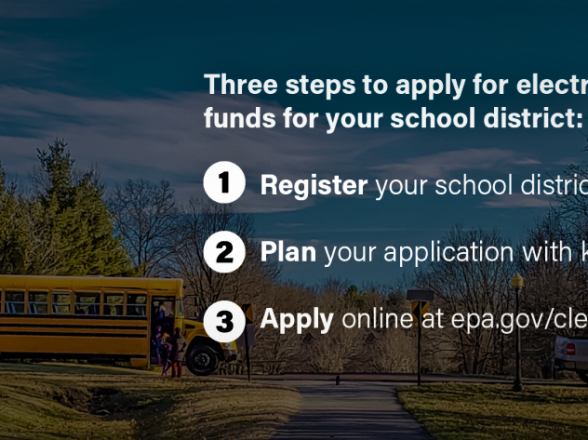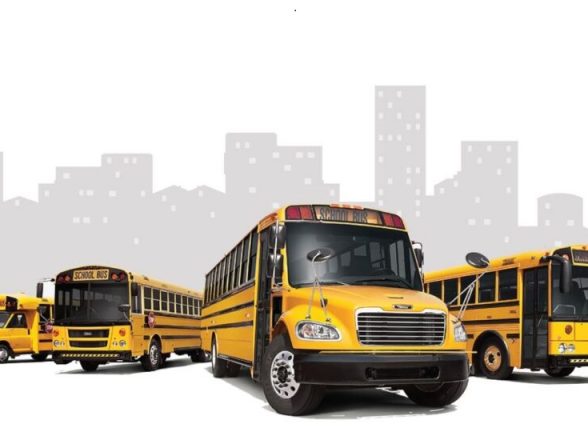To improve current school transportation systems, SpotBus, Inc recommend three types of innovation
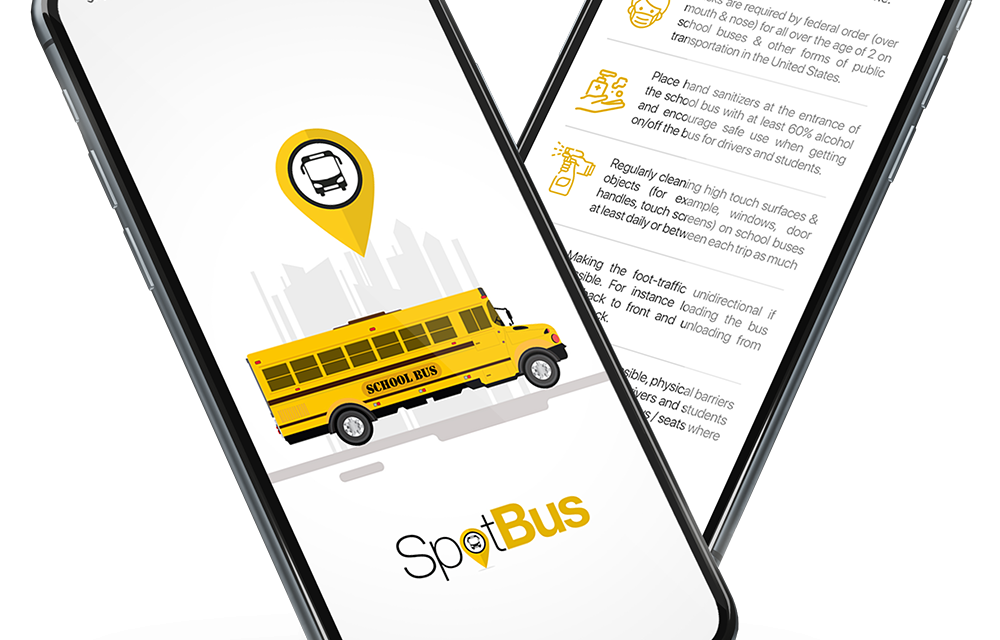
To improve current school transportation systems, we recommend three types of innovations:
- Invest in robust data and technology systems. School districts need more information about their transportation systems. Therefore, states should invest in technologies that enable districts to collect, analyze, and use data to improve operational efficiency and customer service to families.
- Create funding incentives for efficiency. Despite the transportation budget problems outlined above, districts have few incentives to make short-term investments that yield long-term efficiency gains. States could incentivize these investments through targeted funding.
- Allow for a more flexible system design. An optimal student transportation system is highly context-dependent; what works in an urban school district may not work in a rural or suburban district. Protecting the rights of students who require special transportation services must remain a priority, but local communities should try to customize transportation systems to meet all students’ needs as effectively as possible.
Beyond considering the current district-dominated approach to student transportation, we should also think about whether schools need to run transportation systems at all, particularly in communities with robust regional transportation planning infrastructure.
School districts face tremendous challenges in providing cost-effective and operationally efficient school transportation services. Even absent changes to the structure of school systems and divergence from traditional neighborhood school models, school bus service is a complex and costly system for districts to run. Few states fully fund the cost of student transportation, and many state funding streams for transportation fail to adjust for increased costs. As a result, districts must divert funds from other programs and priorities or put off capital investments in new equipment, data and technology, and infrastructure—tradeoffs that may be detrimental to student safety, operational efficiency, and environmental impact.
At the same time, rigid regulation of school transportation by states prevents districts from exploring more efficient operational models. And federal limitations restrict coordination with the public transit system. The regulatory environment and funding challenges present significant barriers to district ingenuity and innovation. Layered on top of that is the growing need in many communities for transportation services to evolve to accommodate school choice options. It is not just a matter of convenience;
whether or not students can access transportation to and from schools of choice may determine whether those choices are truly viable for many families.


